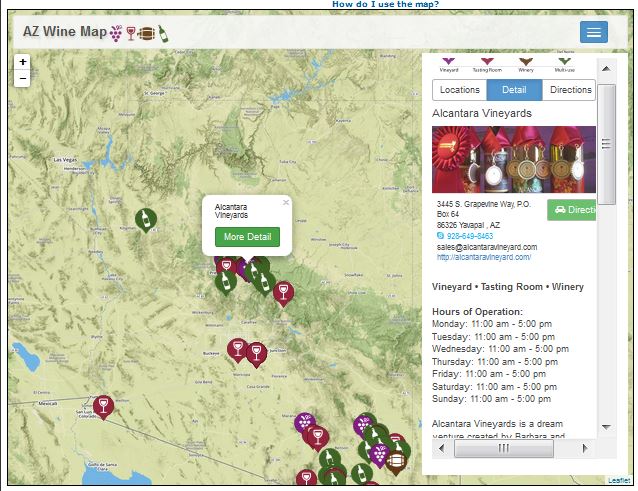
Dr. Jon Spencer, Chief Geologist at AZGS, and head of the geological mapping program, retired on Friday after 33 years with the Survey. We had an informal luncheon honoring Jon, with a small number of family, friends, and colleagues, to thank Jon for his many contributions. [
Right, Jon - center- is flanked by former State Geologist Larry Fellows, left, and Steve Reynolds, professor of geosciences at ASU, right, who were instrumental in hiring Jon to the Survey's predecessor agency at the University of Arizona. Photo by Stephanie Mar]
Jon's last geologic map,
"Geologic map of the Cross Roads 7.5'
Quadrangle and the southern part of the Gene Wash 7.5 Quadrangle," was officially released on Friday as an AZGS publication and it was formally dedicated to Jon in recognition to the understanding of the geology of Arizona.
Under Jon Spencer's leadership, the AZGS mapping program became one of the premier efforts in the country, often held up as a model for other states. [
Bottom, Jon listens to colleagues commenting on his contributions. A framed copy of Cross Roads map dedicated to him stands at the right. In front of him is a 1 to 12 scale photo of him in the field, mounted on cardboard, with multiple copies offered by Brian Gootee to the other mapping geologists to take with them to the field, so they also have Jon along with them.]
Citation: Spencer, J.E. and others, 2015, Geologic map of the Cross Roads 7.5'
Quadrangle and the southern part of the Gene Wash 7.5 Quadrangle, La Paz County,
Arizona, and San Bernardino County, California. Arizona Geological Survey
Digital Geologic Map DGM 111, 1 map sheet, 1:24,000 scale.
 Zeolites are minerals comprised of silicon, aluminum, and oxygen that form frameworks full of cavities
and channels that can work as "molecular sieves."
Zeolites are minerals comprised of silicon, aluminum, and oxygen that form frameworks full of cavities
and channels that can work as "molecular sieves."













